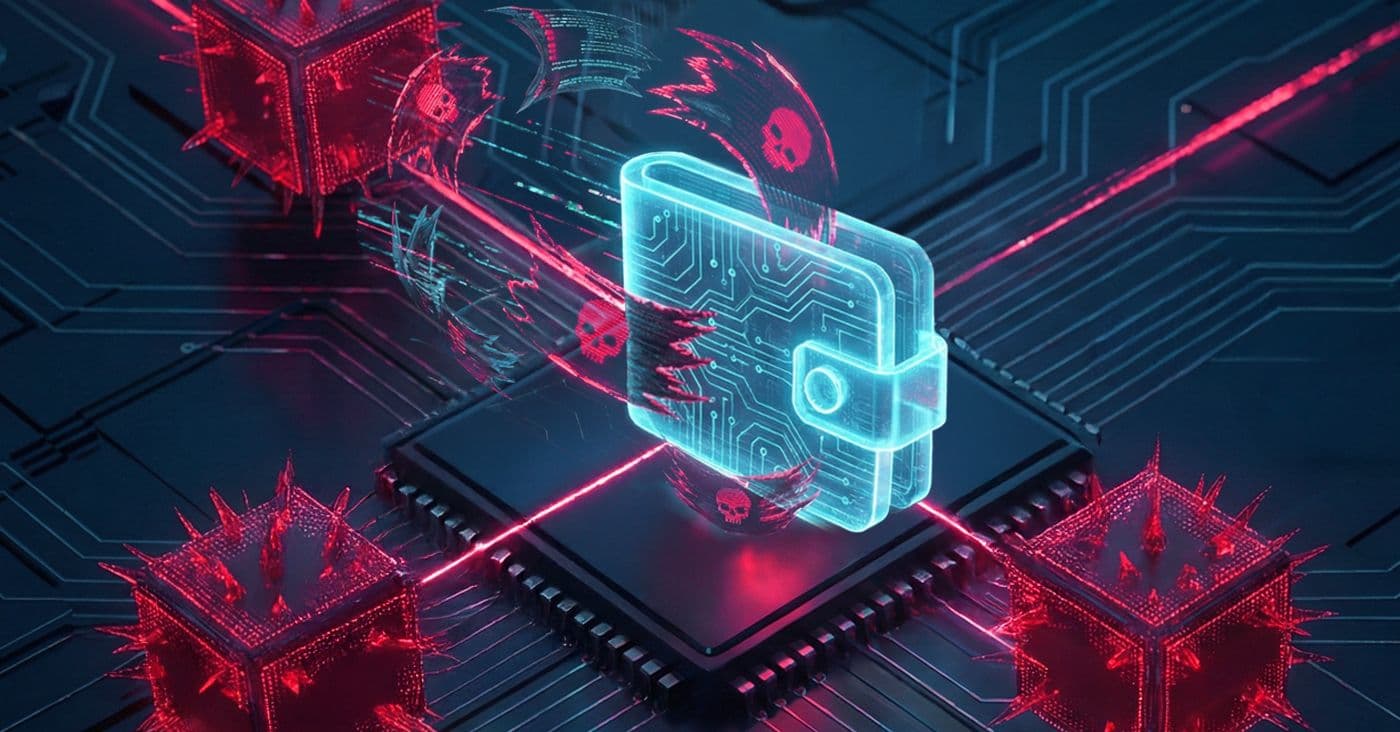
NuGet malware targets Nethereum tools
Highlighting an alarming trend, RL has discovered malicious packages targeting crypto wallets and OAuth tokens to steal funds.
Software build artifacts are the outputs generated during the software build process. These include compiled binaries, libraries, container images, configuration files, documentation, and other files required to deploy or distribute an application. Build artifacts are the tangible results of source code and dependencies transformed into runnable or installable formats.
They are central to software delivery pipelines and often packaged and stored in artifact repositories for distribution or further testing.
Build artifacts are the exact components that get delivered to production. If they are compromised, misconfigured, or unverified, they can introduce:
Securing and validating artifacts is essential for:
The build process typically includes the following stages:
Each build may produce multiple artifacts depending on platform targets, configurations, or languages use
Concept | Description | Differences from Build Artifacts |
|---|---|---|
SBOM | A manifest listing software components | SBOMs describe the contents; build artifacts are the outputs |
Binary Scanning | Analysis of compiled code for risks | Scanning happens on artifacts to validate them |
Artifact Repository | A storage system for build artifacts | The repository holds and manages the artifacts |

Highlighting an alarming trend, RL has discovered malicious packages targeting crypto wallets and OAuth tokens to steal funds.

As attacks become AI-optimized and internal AI use rises, enterprises need to modernize their file security strategy.

The Open Worldwide Application Security Project now includes an Agentic Top 10, an AI testing guide, and an AI vulnerability scoring tool.